-
 bitcoin
bitcoin $109667.069529 USD
-3.03% -
 ethereum
ethereum $3936.685804 USD
-4.07% -
 tether
tether $1.000493 USD
0.01% -
 xrp
xrp $2.771823 USD
-4.74% -
 bnb
bnb $957.805027 USD
-5.34% -
 solana
solana $196.735100 USD
-6.68% -
 usd-coin
usd-coin $0.999727 USD
-0.01% -
 dogecoin
dogecoin $0.227355 USD
-5.12% -
 tron
tron $0.335205 USD
-0.81% -
 cardano
cardano $0.779256 USD
-3.59% -
 ethena-usde
ethena-usde $0.999900 USD
-0.06% -
 hyperliquid
hyperliquid $42.492095 USD
-6.61% -
 chainlink
chainlink $20.501853 USD
-4.34% -
 avalanche
avalanche $28.952606 USD
-11.21% -
 stellar
stellar $0.356038 USD
-3.93%
What is blockchain scalability?
Blockchain scalability is crucial for handling growing transaction demand, with Layer 1 and Layer 2 solutions like sharding and rollups aiming to boost throughput while preserving security and decentralization.
Sep 19, 2025 at 06:18 am
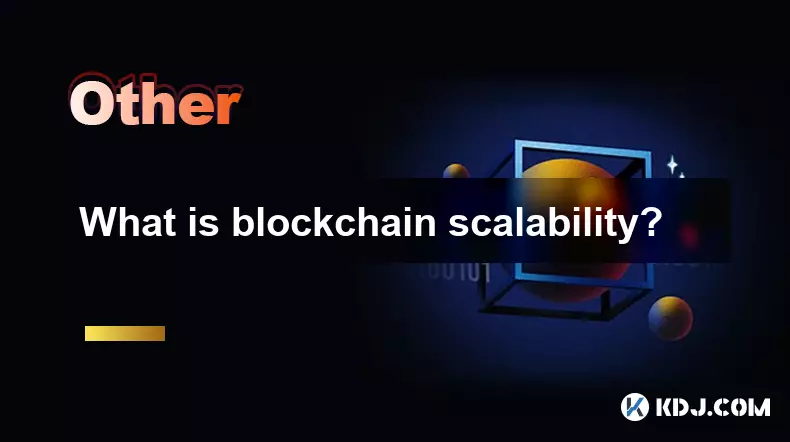
Understanding Blockchain Scalability
1. Blockchain scalability refers to a network's ability to handle an increasing number of transactions without compromising performance or security. As more users join decentralized networks, the demand for faster processing grows. Legacy blockchains like Bitcoin and Ethereum initially faced bottlenecks due to limited block sizes and consensus mechanisms that prioritized decentralization over speed.
2. A scalable blockchain can maintain low latency and high throughput even under heavy load. Throughput is typically measured in transactions per second (TPS), and networks with higher TPS are considered more scalable. For instance, while traditional payment systems process thousands of transactions per second, many early blockchains managed only a few.
3. The challenge arises from the distributed nature of blockchain technology. Every node must validate and record every transaction, which creates redundancy and slows down confirmation times. When demand spikes, blocks fill up quickly, leading to congestion and higher fees as users bid for priority inclusion.
4. Solutions to scalability often involve trade-offs between decentralization, security, and performance—commonly referred to as the 'blockchain trilemma.' Developers aim to enhance scalability without sacrificing the core principles of trustlessness and censorship resistance inherent in public ledgers.
Layer 1 vs Layer 2 Scaling Approaches
1. Layer 1 scaling involves modifying the base protocol of a blockchain. Examples include increasing block size, reducing block time, or switching to more efficient consensus algorithms such as Proof-of-Stake (PoS). Ethereum’s transition to PoS through 'The Merge' was a major Layer 1 upgrade aimed at improving efficiency and paving the way for further scalability enhancements.
2. Sharding is another Layer 1 technique where the database is partitioned into smaller pieces called shards, each capable of processing its own transactions and smart contracts. This parallelization allows the network to process multiple operations simultaneously, significantly boosting capacity.
3. Layer 2 solutions operate on top of the existing blockchain, offloading transaction processing to secondary frameworks. These include state channels, sidechains, and rollups. By settling final results back on the main chain, Layer 2 systems inherit security while achieving much higher throughput.
4. Rollups, particularly zero-knowledge (ZK) and optimistic rollups, have gained traction by bundling hundreds of transactions off-chain and submitting compressed proofs to the mainnet. This approach reduces data load and lowers costs for end users while maintaining cryptographic guarantees.
Real-World Impact on Decentralized Applications
1. Scalability directly affects user experience in decentralized finance (DeFi), gaming, and non-fungible token (NFT) platforms. High gas fees and slow confirmations during peak usage periods have driven users toward alternative chains offering better performance.
2. Networks like Solana, Avalanche, and Binance Smart Chain have attracted developers by promoting high-speed execution and lower costs. However, some of these platforms face criticism over centralization concerns or past network outages, highlighting the difficulty of balancing scale with resilience.
3. Interoperability protocols have emerged to connect disparate blockchains, enabling assets and data to move across ecosystems. These bridges help distribute load and expand access, though they introduce new attack surfaces that require rigorous auditing.
4. Projects investing in modular architectures—where components like execution, consensus, and data availability are separated—are exploring new frontiers in scalability. These designs allow specialized layers to optimize independently, fostering innovation without destabilizing the entire system.
Challenges and Trade-offs in Scaling Efforts
1. Increasing block size may boost throughput but risks centralization, as larger blocks require more storage and bandwidth, potentially excluding smaller nodes. This undermines the democratic ethos of permissionless participation.
2. Faster consensus mechanisms can reduce finality time but may be vulnerable to certain attacks if not carefully designed. Ensuring liveness and safety under adversarial conditions remains a primary concern.
3. Off-chain solutions introduce complexity in terms of trust assumptions. While ZK-rollups rely on mathematical proofs, optimistic models depend on economic incentives and dispute windows, requiring vigilant monitoring by validators.
4. Regulatory scrutiny intensifies as scalable networks enable greater volumes of pseudonymous activity. Compliance requirements could influence architectural choices, especially for enterprises building on public infrastructure.
Frequently Asked Questions
What causes blockchain congestion?Blockchain congestion occurs when the number of pending transactions exceeds the block capacity. Miners or validators prioritize transactions with higher fees, leaving lower-paying ones waiting. This leads to delays and rising costs, commonly observed during NFT mints or DeFi launches.
How do rollups improve scalability?Rollups execute transactions outside the main chain, then post summarized data back to it. ZK-rollups use validity proofs to ensure correctness, while optimistic rollups assume honesty unless challenged. Both drastically cut down on on-chain data usage, enabling higher throughput at reduced cost.
Can a blockchain be both highly scalable and fully decentralized?Achieving both is challenging due to resource demands. Highly scalable systems often require powerful nodes, which can limit participation. However, advancements in sharding, peer-to-peer networking, and light clients offer pathways to maintain decentralization at scale.
Why is Ethereum focusing on rollups for scaling?Ethereum prioritizes security and decentralization, making aggressive Layer 1 changes risky. Rollups leverage Ethereum’s robust settlement layer while handling computation off-chain. This strategy allows rapid innovation without altering core protocol stability.
Disclaimer:info@kdj.com
The information provided is not trading advice. kdj.com does not assume any responsibility for any investments made based on the information provided in this article. Cryptocurrencies are highly volatile and it is highly recommended that you invest with caution after thorough research!
If you believe that the content used on this website infringes your copyright, please contact us immediately (info@kdj.com) and we will delete it promptly.
- AlphaTON's Bold Bet: Toncoin, Balance Sheets, and the Future of Digital Treasuries
- 2025-09-27 04:45:15
- Crypto Kidnapping in Minnesota: A New York Minute Breakdown of the $8 Million Heist
- 2025-09-27 04:25:14
- Avalanche, RUVI, and the Altcoin Rush: What's Fueling the Fire?
- 2025-09-27 04:25:14
- Optimism's Breakdown: Navigating Support Zones for the Next Move
- 2025-09-27 04:45:15
- Linea Price Surges as SWIFT Pilots Blockchain Messaging: A New Era for Global Payments?
- 2025-09-27 04:50:01
- Dogecoin Price Prediction & Crypto Buy: Navigating the Meme Coin Maze
- 2025-09-27 04:50:01
Related knowledge
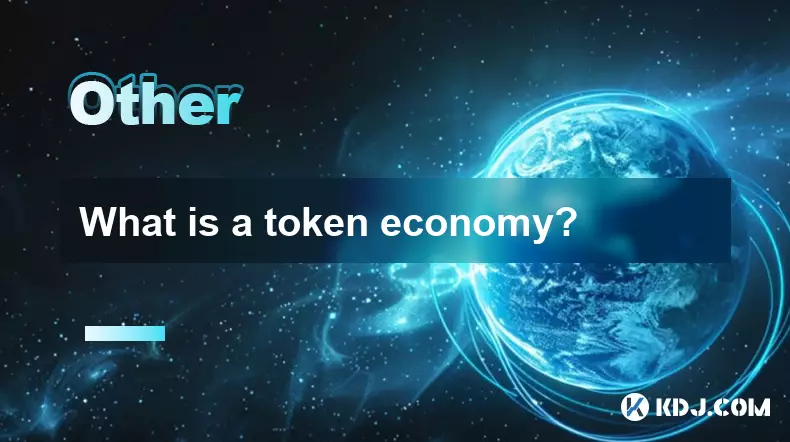
What is a token economy?
Sep 20,2025 at 12:18am
Understanding the Foundations of a Token Economy1. A token economy in the context of cryptocurrency refers to a system where digital tokens are used a...
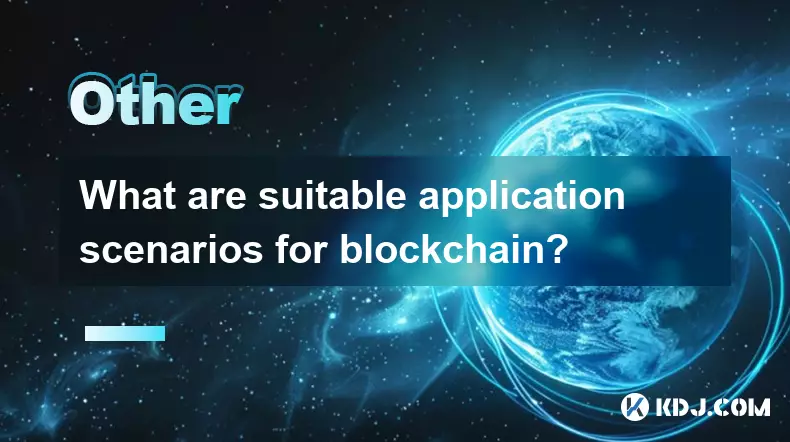
What are suitable application scenarios for blockchain?
Sep 20,2025 at 03:19am
Decentralized Finance (DeFi) Platforms1. Blockchain enables the creation of financial services without centralized intermediaries, allowing users to l...
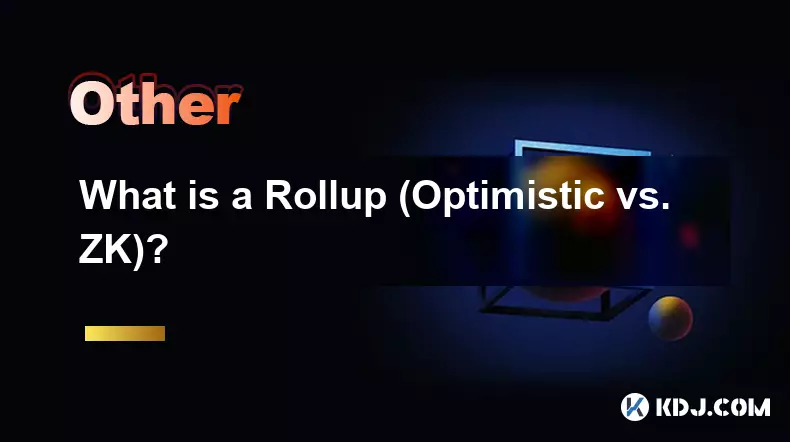
What is a Rollup (Optimistic vs. ZK)?
Sep 22,2025 at 03:00pm
Understanding Rollups in Blockchain Technology1. Rollups are layer-2 scaling solutions designed to increase transaction throughput on blockchains like...

What is blockchain scalability?
Sep 19,2025 at 06:18am
Understanding Blockchain Scalability1. Blockchain scalability refers to a network's ability to handle an increasing number of transactions without com...
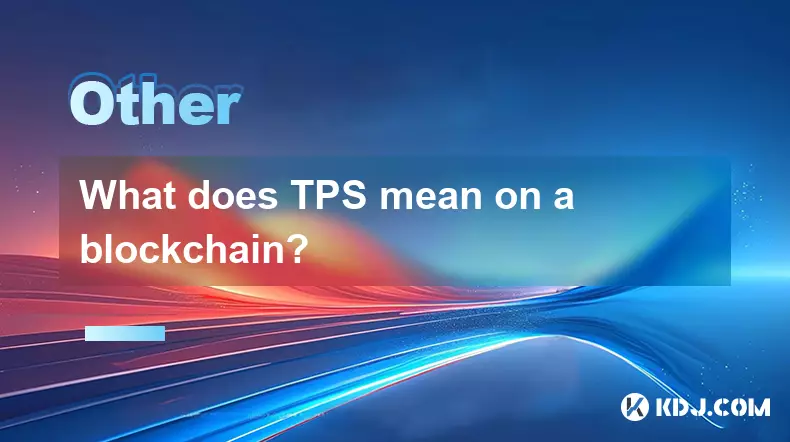
What does TPS mean on a blockchain?
Sep 21,2025 at 09:54am
Understanding TPS in Blockchain Technology1. TPS stands for Transactions Per Second, a metric used to measure the number of transactions a blockchain ...
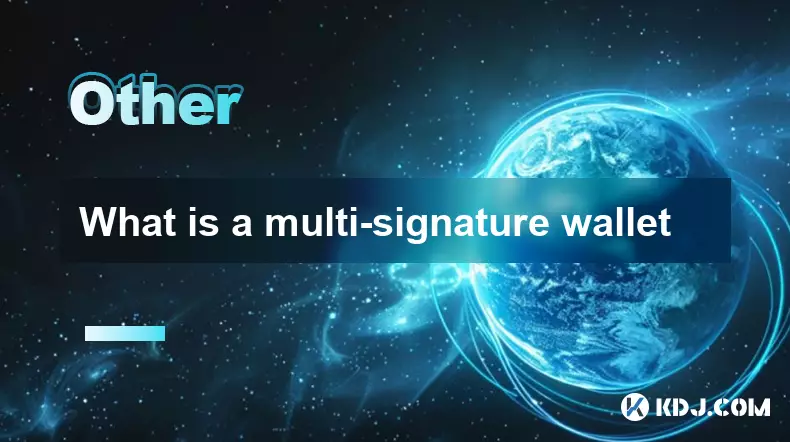
What is a multi-signature wallet
Sep 20,2025 at 07:00am
Understanding Multi-Signature Wallets in Cryptocurrency1. A multi-signature wallet, often referred to as a multisig wallet, is a type of cryptocurrenc...

What is a token economy?
Sep 20,2025 at 12:18am
Understanding the Foundations of a Token Economy1. A token economy in the context of cryptocurrency refers to a system where digital tokens are used a...

What are suitable application scenarios for blockchain?
Sep 20,2025 at 03:19am
Decentralized Finance (DeFi) Platforms1. Blockchain enables the creation of financial services without centralized intermediaries, allowing users to l...

What is a Rollup (Optimistic vs. ZK)?
Sep 22,2025 at 03:00pm
Understanding Rollups in Blockchain Technology1. Rollups are layer-2 scaling solutions designed to increase transaction throughput on blockchains like...

What is blockchain scalability?
Sep 19,2025 at 06:18am
Understanding Blockchain Scalability1. Blockchain scalability refers to a network's ability to handle an increasing number of transactions without com...

What does TPS mean on a blockchain?
Sep 21,2025 at 09:54am
Understanding TPS in Blockchain Technology1. TPS stands for Transactions Per Second, a metric used to measure the number of transactions a blockchain ...

What is a multi-signature wallet
Sep 20,2025 at 07:00am
Understanding Multi-Signature Wallets in Cryptocurrency1. A multi-signature wallet, often referred to as a multisig wallet, is a type of cryptocurrenc...
See all articles










































































